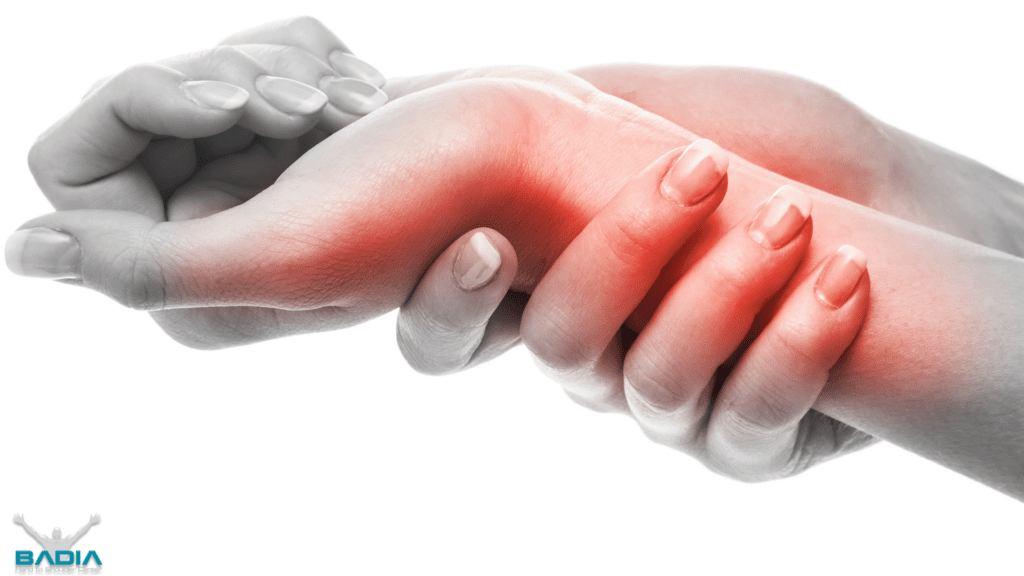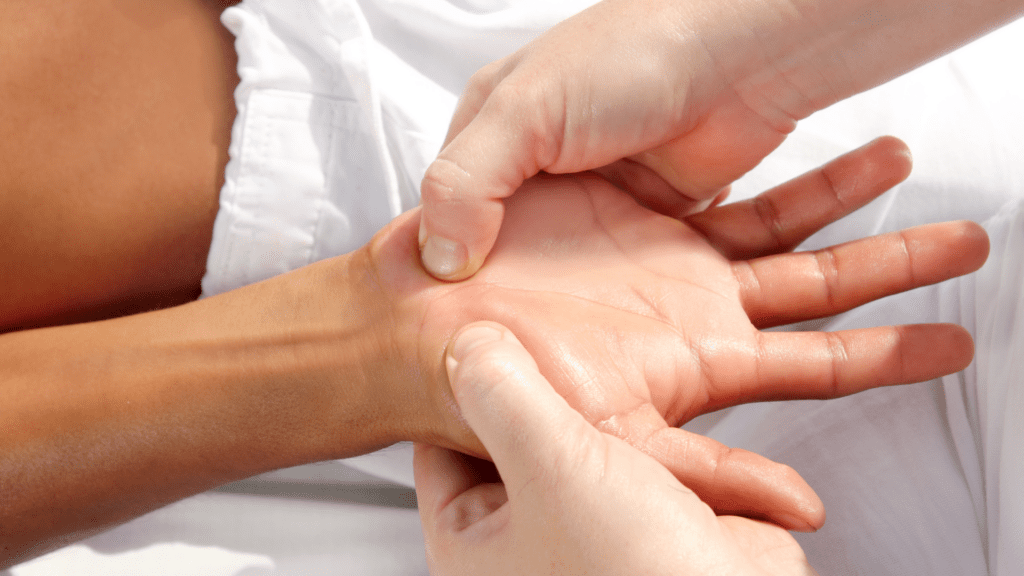Carpal tunnel syndrome (CTS), a wrist ailment that is so associated with repetitive hand activities that the image attached to the Google medical information profile for it is an intently focused woman in an open-office plan sitting at a desk with one hand on a mouse and the other typing. However, capitalism is probably off the hook for CTS: There is scarce data that excessive keyboard work causes carpal tunnel syndrome.


CTS is a condition in which the carpal tunnel—the part of the wrist containing the median nerve that runs from the forearm into the palm — becomes pressed or squeezed, causing burning, tingling, numbness and/or stiffness.
The cause is often due to inflammation. Sprains, fractures and injuries to the wrist can instigate CTS. Metabolic factors, like an overactive pituitary gland or an underactive thyroid gland, can also induce that kind of bodily reaction. Fluid retention during pregnancy or menopause are also possible culprits, and this is one reason women are three times more likely to experience CTS than men. Onset typically occurs sometime between ages 30 and 60.
While wrist injuries can start a bodily reaction leading to CTS, clicking and typing themselves don’t put much stress on the carpal tunnel.
Numbness, not pain, is the surest sign of carpal tunnel syndrome
Alejandro Badia, MD, co-founder and chief medical officer of the Badia Hand to Shoulder Center near Miami, says he often sees patients with wrist pain who are sure their 9-to-5 is the source. “I have patients come in so hell bent on what’s causing it,” he said.
Misconceptions about computer posture cause patients to mistake pain around the wrist for CTS, Badia said. “But the tell-tale sign [of carpal tunnel syndrome] isn’t pain; it’s numbness.”
Pain and shock-like sensations are not unheard of in CTS cases, but numbness, tingling and burning are more common effects of the carpal tunnel nerve misfiring and struggling under pressure. These feelings often come when the patient is trying to sleep, a time when wrists are often bent.
Many of Badia’s patients who think they have CTS actually have tendonitis, a painful repetitive stress injury caused by overuse of the tendons in the wrist. Overuse causes inflammation or irritation of a tendon, which connect the muscle to bone.
Depending on the area affected, tendonitis has a variety of nicknames, including “tennis elbow” and “swimmer’s shoulder.”
The treatments are drastically different. An injury to the tendon may require
a combination of rest and physical therapy. Carpal tunnel syndrome requires a different approach, so see a medical professional to figure out what the problem really is.

If you feel numbness and tingling and think you have CTS, “the first thing to do is call a doctor,” said Christopher Stevens, an orthopedic surgeon who specializes in upper extremities at the Tucson Orthopedic Institute. There is a vast range of courses of actions one should take depending on the severity of the problem and a professional can guide you through them.
Your best treatment could be a specialized splint that takes pressure off the carpal tunnel. For mild cases, wearing such a splint puts the nerve back in working order after a few weeks. More extreme cases may require an anti-inflammatory medication or hand surgery. Severe CTS can cause one to lose control over one’s hands.

Monday- Friday: 8:30AM- 5:00 PM
Saturday- Sunday: Closed